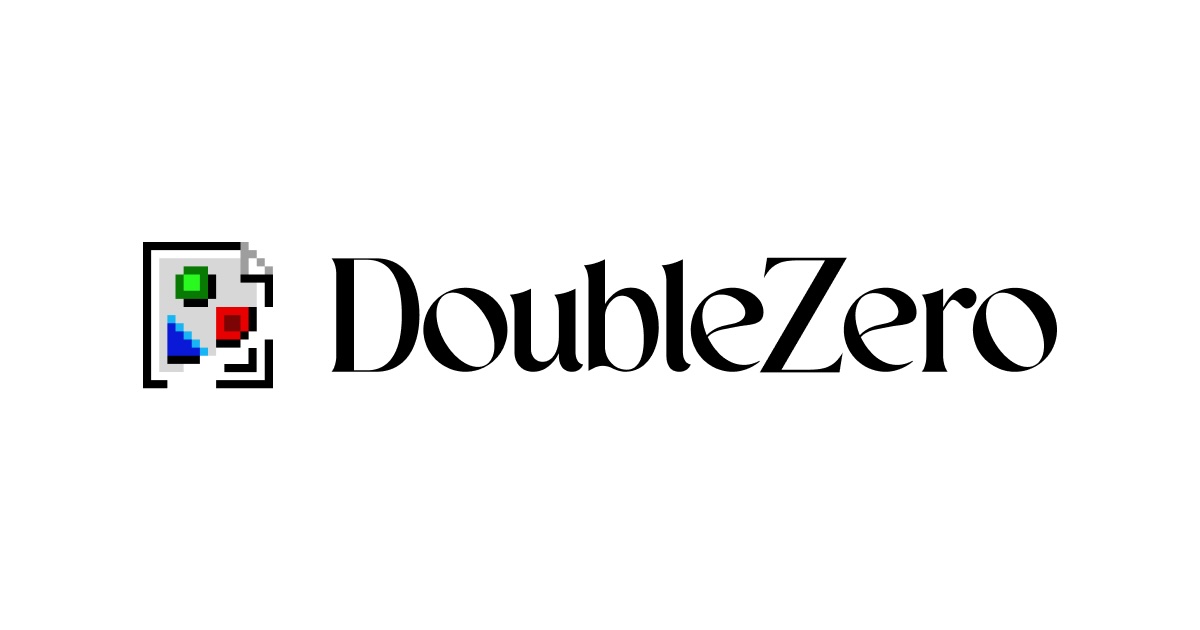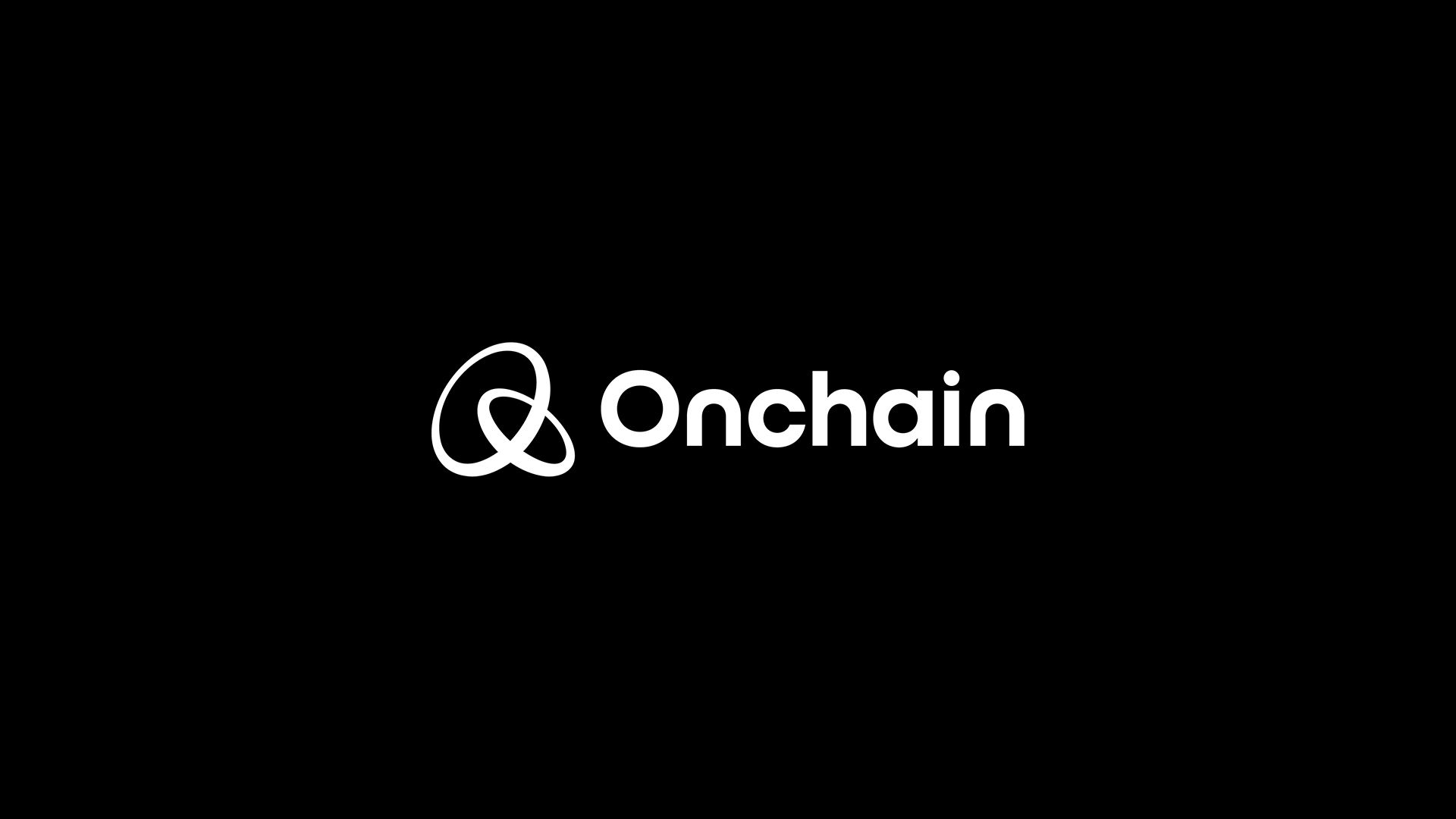- Robert's Newsletter
- Posts
- RFS DeFi Risk Intelligence Weekly
RFS DeFi Risk Intelligence Weekly
Institutional-Grade DeFi Risk Monitoring brought to you by RFS Consulting
Welcome to another edition of RFS DeFi Risk Intelligence Weekly!
— Powered by RFS Consulting | www.rfsconsultingglobal.com
Here’s whats new this week:
🗞️ Enjoying RFS DeFi Risk Intelligence Weekly? Learn How You Can Support Us!
“Independent DeFi risk research takes time and resources. If you enjoy our insights, consider fueling the work with a small contribution below”
☕️ Buy Me a Coffee — Fuel future newsletters!
💸 Tip in USDC: Ethereum 0x695B71a929A21F2A260f61aEd09872DA053Bcc42 — secured via Gnosis Safe
💳 Tip via Stripe — One-time or recurring support.
📊 Market Snapshot - Week of September 29th, 2025
BTC is consolidating tightly between $109K–$112K after nearly $900M in ETF outflows, underscoring a cooling of inflows that had previously driven momentum. Current support remains at $109K, while resistance sits at $112.5K. A break on either side of this range could set the tone for near-term volatility. |
ETH continues to track broader BTC flows, with staking spreads holding steady—a sign that long-term stakers remain unshaken despite near-term shifts in liquidity. The lack of widening spreads suggests confidence in Ethereum’s yield dynamics, even as headline-driven flows dominate short-term price action. |
Flows | Spot Bitcoin ETFs turned net negative for the first time in weeks, signaling a more cautious risk appetite among institutions. This reversal may reflect broader macro unease rather than crypto-specific weakness, with rates and dollar strength exerting outsized influence. |
RFS Take 💬
We continue to view $105K–$120K as a liquidity band, with BTC largely trading as a macro proxy in the current environment. Until ETF flows stabilize and global risk sentiment improves, macro factors—particularly U.S. rates and dollar direction—remain the primary drivers of crypto performance.
📋 Watchlist: What to Monitor Next Week
ETF Flow Trends | Do we see renewed inflows, or does the outflow streak continue? This will be the clearest gauge of institutional sentiment. |
Fed Speak & Rates Data | Market focus is on rate expectations—particularly if U.S. yields continue higher, which could weigh on risk assets broadly. |
Dollar Strength | A stronger dollar has historically capped BTC rallies; watch DXY for signs of easing. |
ETH Catalysts | Any movement on L2 activity or staking unlocks could provide ETH-specific momentum, independent of BTC. |
Volatility Indexes | Implied vol remains suppressed—any uptick could signal traders positioning for a break of BTC’s current consolidation range. |
⚠️ Policy & Regulation
SEC No-Action Letter (DoubleZero)
The SEC’s recent no-action letter for DoubleZero marks a constructive tone shift, suggesting that compliant token architectures may find firmer ground with regulators. While far from a broad framework, the move indicates growing willingness to engage with projects that prioritize transparency and investor protections.
Court Dismisses NFT Suit vs. SEC
A US federal judge has dismissed a lawsuit against the Securities and Exchange Commission (SEC) brought by two NFT artists, Jonathan Mann and Brian Frye. The dismissal, which occurred on September 30, 2025, does not provide a definitive ruling on the regulatory status of non-fungible tokens (NFTs), as the case was thrown out on jurisdictional grounds. The court ruled that the artists did not have a valid claim because the SEC had not yet taken any final enforcement action against them

By The Fashion Law
Bank of England (BoE)
The Bank of England (BoE) has signaled that fully backed and stringently supervised stablecoins could integrate into the financial system, potentially coexisting with banks to facilitate payments and settlements. This marks a shift from earlier skepticism, as the BoE now views stablecoins as tools to potentially reduce reliance on traditional commercial banks by separating money from credit provision, though regulatory frameworks with features like depositor protections and access to central bank reserves are considered essential for their wider use.

By PYMNTS.com
EU Megabanks
Several European banking giants are now exploring a euro-denominated settlement stablecoin, a notable step toward institutional adoption. If successful, such a product could serve as a bridge between traditional wholesale finance and on-chain liquidity, paving the way for regulated, large-scale market pilots.

RFS Lens 💬
In the U.S., regulatory clarity is emerging in fragments, but tone shifts like the SEC’s no-action letter suggest incremental progress toward workable guardrails. In the UK and EU, the focus is squarely on institutional settlement stablecoins—initiatives that are moving closer to real-world testing and could set important precedents for global adoption.
🚨 RFS DeFi Risk Monitor
Losses
Q3 saw an estimated $307M in total losses, with roughly $156M in September alone. The bulk of these incidents were driven by phishing campaigns and smart contract exploits, highlighting the persistent sophistication of social engineering alongside technical vulnerabilities. This continues the broader 2025 trend of targeted attacks against high-value protocols and individual operators.
Operational Risks
Two themes stand out this quarter:
Supply-Chain Attacks: Malicious actors are increasingly exploiting dependencies in open-source libraries and CI/CD pipelines, embedding vulnerabilities upstream before code even reaches production.
Validator Key Security: With proof-of-stake networks expanding, validator key theft and misuse remain acute risks. Single-signature setups and lax key rotation continue to be weak points, especially for smaller teams.
Client Actionables:
Key Management: Regularly rotate validator and admin keys and enforce multisig quorums to reduce single points of failure.
Supply-Chain Hardening: Lock dependencies in CI/CD pipelines and vet third-party updates before integration.
Withdrawal Protocols: Stage withdrawals over time and enable real-time anomaly monitoring to detect suspicious movements before losses escalate.
RFS Take 💬
With attackers targeting both the human layer (phishing) and the infrastructure layer (supply chains, validators), DeFi operators must view risk management as a continuous process rather than a one-time setup. Expect regulators and insurers to scrutinize these controls more closely in the months ahead—making proactive risk hardening not just best practice, but table stakes.
🔦 Protocol & Infra Watch
Solana 2025 Roadmap
Solana’s newly released 2025 roadmap outlines upgrades aimed at tackling three core challenges:

By Techloy
Throughput: Enhancements to parallel transaction processing and validator efficiency are designed to push network capacity further, keeping pace with rising demand from DeFi, NFTs, and consumer apps.
Latency: Optimizations in block propagation and confirmation times target a smoother user experience, especially for high-frequency use cases like trading and gaming.
MEV Controls: The roadmap introduces mechanisms to mitigate Miner/Validator Extractable Value (MEV), focusing on fair transaction ordering and transparency to prevent frontrunning and protect end users.
RFS Take 💬
The roadmap reflects a constructive trajectory for Solana as it positions itself as a high-performance Layer 1. However, its long-term credibility depends on meaningful progress in validator decentralization. Without broader distribution of stake and reduced concentration among large operators, improvements in speed and MEV protection may not fully translate into greater network resilience.
Why It Matters
If executed effectively, these upgrades could strengthen Solana’s case as a viable institutional-grade settlement layer, especially for applications demanding low latency and high throughput. But investors and builders should watch validator metrics closely—decentralization remains the hinge factor between narrative momentum and sustainable adoption.
📈 RFS Risk Scores — Week of September 29th, 2025
Methodology covers liquidity depth, behavioral analytics, oracle dispersion, and counterparty integrity.
Protocol | Risk Score | Notes |
|---|---|---|
BTC | Neutral → Cautious | Our stance on Bitcoin shifts slightly negative as ETF fragility and broader macro pressures (rates, dollar strength) weigh on flows. While liquidity remains robust at the top of the band, structural reliance on ETF inflows makes BTC vulnerable to sentiment swings. |
ETH | Neutral | Ethereum remains in line with BTC flows but benefits from steady staking participation. Yields and validator stability act as anchors, though ETH remains largely tethered to Bitcoin’s directional risk until a distinct catalyst emerges. |
SOL | Constructive | The Solana outlook is favorable, supported by roadmap execution and strong ecosystem traction. The caveat remains execution risk—any slippage in throughput or validator decentralization progress could temper momentum. |
Stablecoins | Constructive | Confidence is strongest in attested, fiat-backed stablecoin models, which continue to demonstrate resilience. In parallel, we are closely monitoring EU institutional settlement pilots, which could establish the next benchmark for regulatory-compliant adoption at scale. |
Heatmap Snapshot
Liquidity Risk: Rising for long-tail tokens, where depth is thinning and slippage risk is elevated.
Counterparty / Platform Risk: Flat, with no material new stressors from centralized venues or lending desks this month.
Exploit Risk: Elevated, given the sharp September uptick in phishing and targeted smart contract exploits. Operators should assume a higher baseline threat level into Q4.
RFS Take 💬
Risk remains bifurcated: majors (BTC, ETH, SOL, top stablecoins) continue to show institutional resilience, while long-tail assets and DeFi protocols face heightened liquidity and exploit risk. For allocators, the balance tilts toward large-cap stability with selective exposure to execution-driven stories like Solana.
🔍 RFS Risk Snapshot — October
Liquidity Risk | 🟠 Elevated | Thin order books and slippage risks are rising across long-tail tokens. |
Counterparty Risk | 🟡 Stable | Centralized platforms and lending desks remain steady; no new systemic cracks. |
Exploit Risk | 🔴 High | Phishing and smart contract exploits have spiked, raising baseline protocol risk. |
📖 Institutional Playbook
Treasury Management
With BTC trading inside the $105K–$120K liquidity band, treasuries should lean on dynamic hedging strategies. This range has proven sticky, and managing exposure within it reduces the risk of being caught in forced repositioning. Institutions may consider option collars or futures overlays to balance upside participation with downside protection while macro headwinds remain dominant.
Yield Strategies
Yield opportunities remain attractive, but selectivity is key. We recommend focusing on deep-liquidity pools supported by redundant oracles to minimize price manipulation and slippage risks. Large, battle-tested pools on blue-chip protocols continue to offer the most reliable returns, while risk-adjusted yields in long-tail ecosystems remain skewed by liquidity fragility.
Risk Controls
Operational discipline is critical as the industry sees an uptick in phishing and supply-chain exploits. Best practices for institutions include:
Two-Person Rule: Require dual authorization for key treasury movements.
Anomaly Alerts: Implement continuous monitoring for unusual flows or contract interactions.
Weekly Dependency Scans: Lock dependencies and proactively monitor updates in CI/CD pipelines to reduce the risk of malicious code injection.
RFS Take 💬
The current environment rewards risk-aware positioning over aggressive yield-seeking. Institutions that treat security and treasury management as core competencies—not afterthoughts—will be best positioned to navigate volatility while safeguarding capital.
RFS-Built Risk Dashboard (Powered by Onchain Foundation)
RFS Consulting has launched its new DeFi Risk Intelligence Dashboard, built on the Onchain Foundation’s data infrastructure to deliver real-time analytics for institutional participants. The platform integrates protocol risk scores, liquidity depth functions (LDFs), and cross-chain surveillance tools, offering investors and compliance teams a clearer view of market stability and systemic vulnerabilities.
By embedding supervision and reporting capabilities directly into its design, the dashboard helps institutions navigate evolving regulatory requirements while maintaining a competitive edge in onchain finance.
New features: ETF flow tracker, liquidity gap scanner, exploit heatline
Client Access: Read-only dashboards with SOC-aligned logging
🚨 New Release 🚨— RFS Stablecoin Liquidity Risk Management White Paper
Executive Summary
Decentralized Finance (DeFi) has rapidly evolved into a capital market exceeding US$150 billion in total value locked (TVL), presenting both a significant opportunity for financial innovation and a source of systemic risk. High-profile failures, including the US$45 billion collapse of Terra/LUNA and the de-pegging of USDC during the Silicon Valley Bank crisis, have exposed critical vulnerabilities that current supervisory frameworks are ill-equipped to manage. The core challenges stem from fragmented risk methodologies, deep-seated dependency on a few centralized oracle networks, and the complex legal nature of tokenized real-world assets (RWAs).
This paper introduces the Regulatory Intelligence Framework (RIF), a data-driven system designed to benchmark and monitor risk across the DeFi ecosystem. By analyzing on-chain data from nine flagship protocols, including Aave, Compound, MakerDAO, and Uniswap, we have developed a composite risk scoring system (0-100) that provides a clear, comparable measure of protocol resilience.
Full White Paper (Premium) includes:
Risk scoring model for stablecoins
Case studies (USDC, USDT, DAI, EUR pilots)
Stress-testing playbook for treasuries
Policy/regulatory impact assessments
💥 Quick Hits
SEC Trims CAT Costs
The SEC announced adjustments to the Consolidated Audit Trail (CAT) cost structure, signaling a recalibration of regulatory surveillance priorities. While the move primarily impacts equities, it’s relevant for crypto markets as it reflects a broader trend: regulators are reassessing the balance between oversight efficiency and compliance burdens. For digital assets, this could foreshadow similar debates as surveillance frameworks mature.
Macro Watch
Upcoming U.S. labor market data combined with fresh Fed commentary are poised to drive near-term volatility across risk assets. For BTC, which is consolidating inside the $105K–$120K band, these releases could act as catalysts for a breakout or retracement. Stronger labor data and hawkish Fed language would likely reinforce dollar strength (a headwind for BTC), while softer prints could ease pressure and reopen upside momentum.
What We’re Watching 💬
ETF flows, DXY levels, and regulatory announcements as potential catalysts for a BTC range break.
🙇🏾♀️ Camryn’s Corner
Welcome back to another edition of Camryn’s Corner, your weekly highlight reel of standout protocols, applications, and news shaping the DeFi world. Each week, I dig into the projects making waves and the trends that could define the next chapter of onchain finance.
DeFi Meets CeFi: Morpho Vaults Go Live on Cronos via Crypto.com
This week, I’m digging into Morpho’s expansion to Cronos via Crypto.com—a move that could redefine how lending protocols plug into the broader liquidity landscape.
Morpho has already built a reputation as one of the most efficient lending protocols in DeFi, optimizing rates for both lenders and borrowers by matching users directly before falling back to liquidity pools. By bringing Morpho Vaults to Cronos, the team is doing something strategically important: meeting liquidity where it already lives.
Exchanges remain the primary onramp for the vast majority of users. By embedding DeFi rails directly into an exchange-affiliated chain, Morpho lowers the friction for capital to flow seamlessly between CeFi-style custody and DeFi-native yield opportunities. This integration could also pressure other lending markets to rethink their positioning—especially as institutions continue to demand ease of access, deep liquidity, and reduced fragmentation.
The bigger picture: this is part of a trend I’ve been watching closely—exchange-integrated DeFi. Instead of competing head-to-head with exchanges, protocols are starting to leverage them as gateways, embedding trustless functionality within ecosystems users already frequent. If successful, this playbook could accelerate adoption by blurring the lines between centralized platforms and open finance.
RFS Take 💬
Morpho’s move to Cronos isn’t just about expanding chain support—it’s about testing a model where DeFi protocols grow by riding on exchange distribution. If it works, expect other protocols to follow suit, reshaping how liquidity is sourced and deployed in the next wave of DeFi.
🫱🏽🫲🏿 Support RFS Risk Intelligence Weekly
If you enjoy our weekly research and want to support continued independent risk analysis, consider:

Gif by xbox on Giphy
☕️ Buy Me a Coffee — Fuel future newsletters!
💸 Tip in USDC: Ethereum 0x695B71a929A21F2A260f61aEd09872DA053Bcc42 — secured via Gnosis Safe
💳 Tip via Stripe — One-time or recurring support.
📢 Call to Action
Branded PDF edition with Risk Scores + Heatmap available on request.
Executive Summary is free → Full White Paper available for purchase.
Accepting 3 Pilot Clients: We’re onboarding a limited number of DeFi protocols and institutional funds into our real-time risk scoring dashboard and DeFi compliance architecture.
💼 Custom engagements | Audit-aligned scoring | Institutional onboarding
📬 Subscribe | Partner | Access Institutional Tools
Gain access to:
Full RFS Heat Map & Protocol Risk Scores
Sharpe Ratio & Risk Index Modules
Institutional API Integration Options
👣 Follow us to Stay Updated
🌐 Website
Till next time,
RFS DeFi Risk Intelligence Weekly
🔓Disclaimer: This Weekly is strictly informational—not investment or legal advice. RFS Consulting emphasizes governance, model validation, and data integrity in its risk assessment framework.



